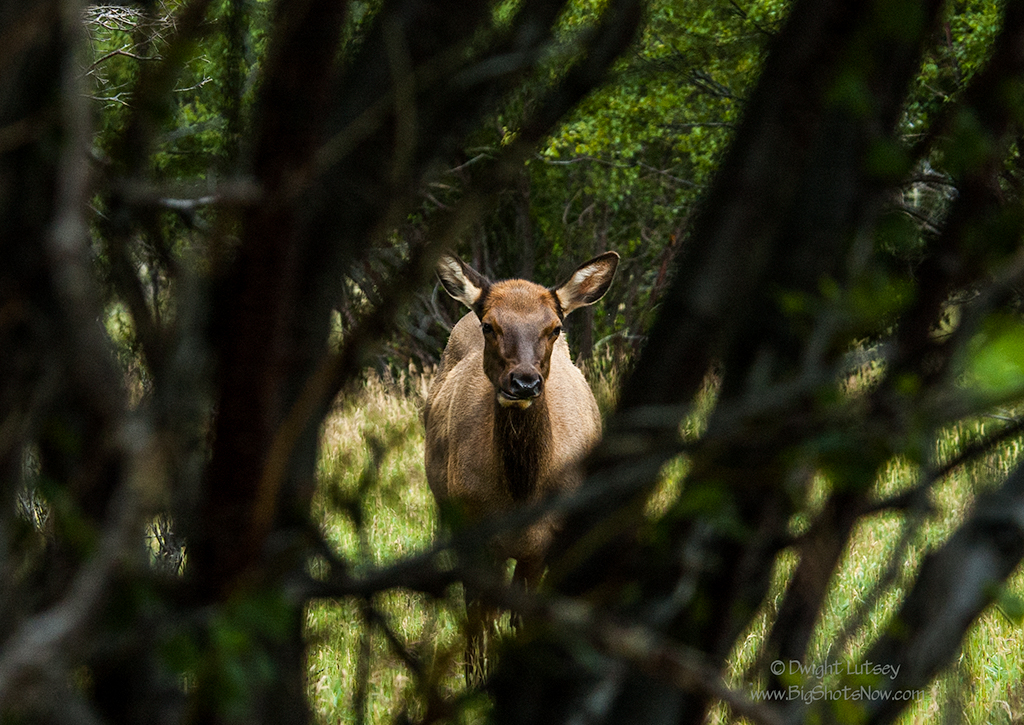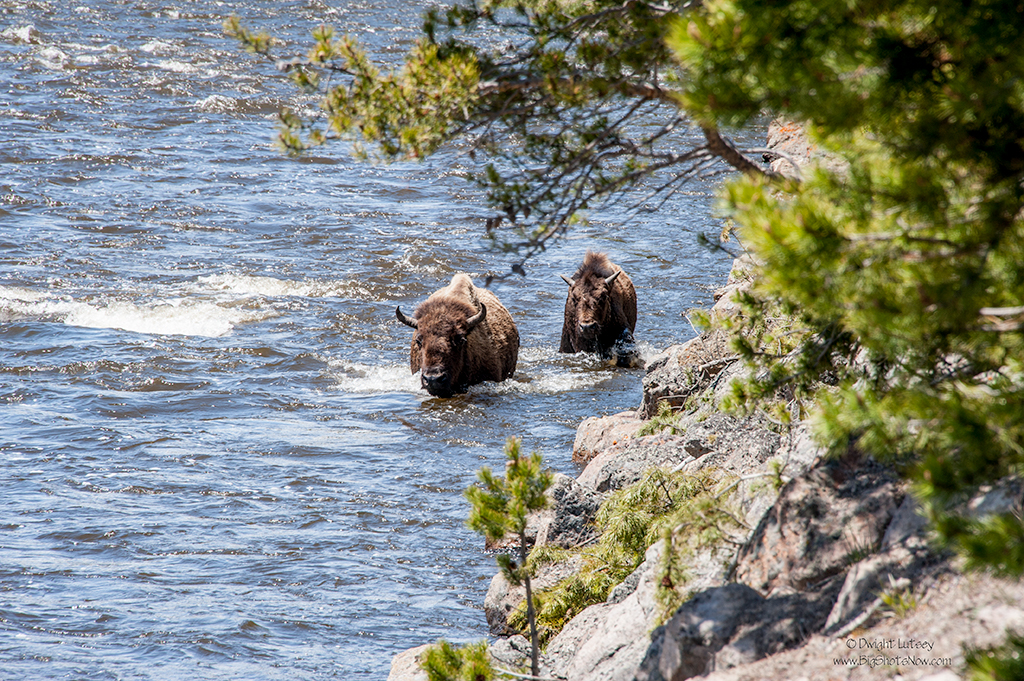
Us wildlife photographers have to be a wily bunch to be able to sneak up and catch our quarry without being discovered so we can document their lives without them knowing about it. We do this so that you can see what they do behind closed bushes as it were. Some of it is pretty weird but usually they’re just doing normal stuff, eating grass, laying a round, having quiet discussions and so on.
Lots of times the subject we’re stalking doesn’t want to be photographed so we have to resort to subterfuge and disguises. Disguises work best unless they don’t. If they don’t work that means you didn’t choose your disguise very well. Some larger photographers will disguise themselves as a Winnebago because the elk in this case are used to seeing Winnebago’s and pay them little attention. However one cannot take a Winnebago into the bush so it has limited applications. Another is a Ranger suit. It also has its limitations due to the fact that although the elk are used to seeing Rangers, when they do, it’s usually because they want to do something to them so they’re suspicious and unphotogenic. There is also that little thing about it being unlawful to imitate a federal employee. Besides Rangers get really cranky when you do goofy stuff while wearing a Ranger suit. At least at Rocky Mountain National Park.
We use a foolproof disguise, a full-sized flowering Mountain Mahogany bush suit that almost always fools everybody and lets us get right in the middle of everything without being outed as human in a bush suit. But… having said that, once in a while one of the elk figures out what’s going on, we’re not sure how yet, but they do, and then there’s the inevitable embarrassing confrontation. There is yelling and name calling. If it’s a big cow who has had a bad day or has some other type of feminine problem, kids acting up, the bull not coming home for dinner, or worse coming home loaded, then things escalate pretty fast. That’s when it is prudent to haul tripods and retreat to the safety of a bunker or some other fortified building.
A bit of warning. Do not, repeat, do not wear your bush suit from September on. That’s when the bulls are coming out of their velvet and they will flat tear up a bush trying to rub the velvet off their antlers. A nine hundred pound bull doing his best to tear off every limb on the bush by repeatedly sticking his rack into the center of the bush then violently shaking his head back and force can cause equipment failure even to Nikon’s or Canons and lots of times put the eye out of the photographer hidden inside it. Just saying. Don’t do it.
That was the case when photographing this youngish cow elk and accidentally sneezing. They perk right up and get suspicious when a bush sneezes. In this particular case we lied and said we were from National Geographic doing an article on winsome young cows. Being naive she bought it and we even got her to prance around and do clever elk tricks before one of the older cows came over to investigate. Seeing right through us she immediately began calling for one of the herd bulls so we bailed and went and had lunch.
So remember, to be a good wildlife photographer you have to be sneaky, wear a good disguise ( but not a bush suit after August 31st) have a good line ready if you’re caught and watch out for bulls. That’s it then, happy shooting.


You must be logged in to post a comment.